Displaying 1 - 10 of 399
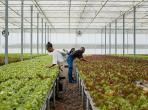
Building on evidence to address hunger and malnutrition
If current trends are not reversed, 600 million people may remain severely food insecure through 2030. What will it take to tackle the compounding drivers of food insecurity and malnutrition? What lessons can be drawn…
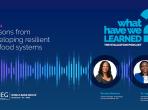
🎧 Lessons from developing resilient agrifood systems
345 million people in 82 countries were experiencing acute food insecurity by June 2022. Climate change, the Coronavirus pandemic and rising food prices due to the conflict in Ukraine threatened to drive this number…
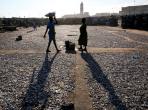
What have we learned about job creation and fisheries projects?
This blog is part of a two-part series based on the results of a Learning Engagement focused on ways to increase the contribution of World Bank crop agriculture and fisheries projects to job creation and economic…

What have we learned about job creation in crop agriculture?
This blog is part of a two-part series based on the results of a Learning Engagement focused on ways to increase the contribution of World Bank crop agriculture and fisheries projects to job creation and economic…
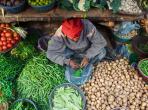
Sustainable Diversification of Agrifood Economies – Insights and Lessons
Public support for agriculture has historically been directed towards the production of staple foods, such as rice and wheat, or export commodities. In many developing countries, this often creates an uneven playing…
Evaluation of World Bank Group Support to Creating an Enabling Environment for Private Sector Participation in Climate Action, Fiscal Years 2013–22 (Approach Paper)
The objective of the evaluation is to derive lessons from Bank Group experience in improving the enabling environment for private sector participation in climate action. The evaluation will assess the relevance and…
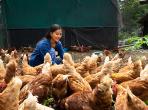
Complementary Interventions for Agrifood System Development – Insights and Lessons
Agrifood systems are key towards achieving the Sustainable Development Goals, including ending hunger and malnutrition, poverty, and addressing climate change. Yet, despite their importance, agrifood systems face…
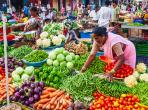
Building inclusive, productive, and sustainable agrifood systems
Well-functioning agrifood systems play an important role in increasing food and nutrition security, reducing poverty, especially in low-income countries (LICs), and meeting climate and environment goals for sustainable…

Toward Productive, Inclusive, and Sustainable Farms and Agribusiness Firms
This report assesses the relevance and effectiveness of the World Bank Group’s support to its clients on helping them develop more productive, inclusive, and sustainable farms and agribusiness firms.

The Natural Resource Degradation and Vulnerability Nexus:
This evaluation assesses how well the World Bank has addressed natural resource degradation to reduce the vulnerabilities of resource-dependent people.

